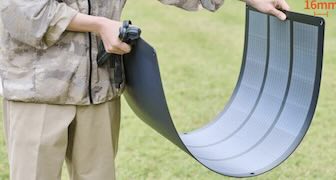Nov 01 (mining.com) - Japan is looking 6,000 meters under the sea for rare earths to counter China’s dominance of the critical minerals that are used in everything from smartphones to weapons, according to the Yomiuri newspaper.
The government intends to start developing the methods necessary to extract the elements near the Ogasawara islands in the fiscal year beginning in April, and aims to begin prospecting within five years, the newspaper reported, citing unidentified officials.
The exploration will deploy technology tested off the coast of Ibaraki prefecture in August and September, where the deep-sea drilling vessel “Chikyu” was able to pump about 70 tons of mud per day for sifting, according to the report.
...continue reading














